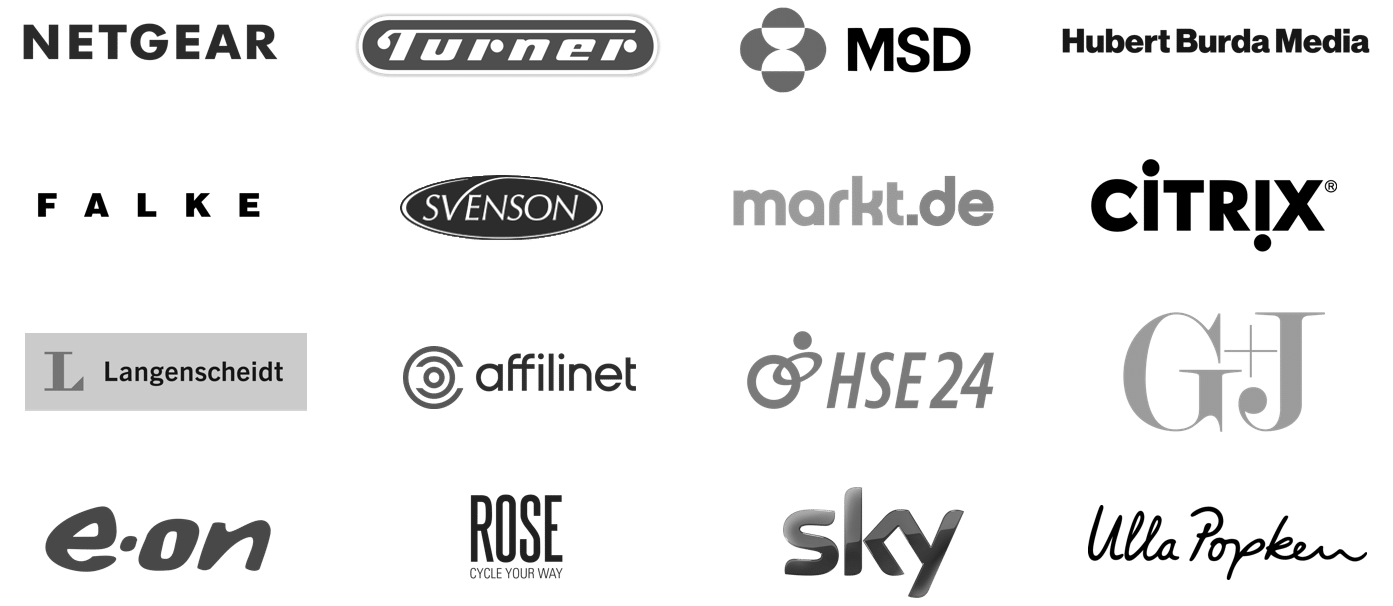Google: John Mueller gibt Tipps zur Verbesserung des Rankings

Copyright © Shutterstock/rdonar
John Mueller von Google macht Vorschläge, wie Sie das Ranking von Produktseiten in der Suche verbessern können.
Die Frage nach einem guten Ranking wurde von einer Person gestellt, die Inhalte bot, die zwar gerankt wurden, aber keinen Einfluss auf die Sichtbarkeit der Produktseiten in der Suche hatten.
Mueller erläuterte, was zu tun ist.
Inhaltsverzeichnis
Blog-Posts ranken gut, Produktseiten aber nicht
Der Fragesteller teilte mit, dass er Blog-Inhalte erstellt, die gut ranken, aber nicht dazu beitragen, dass die Produktseiten gut gelistet werden.
Er fragte, wie Produktseiten besser gerankt werden können:
“So I’m doing SEO for an ecommerce website, pretty new, around eight months old.
And it’s not a huge website. It’s got 30,40 products in total.
We sell green tea and herbal tea online.
I’ve been seeing some movement with the efforts that we put in, regular back-linking process, on-page SEO, structured data.
We are working a lot on our blog section because that’s where we see a lot of other competitors are doing.
So I think the efforts we are making there are falling in place.
It’s just that the products page, they don’t rank well.
They don’t rank at all.”
John Mueller von Google: Ranking von Produktseiten ist eine Herausforderung
Im Allgemeinen ist es fast unmöglich, erfolgreich Links zu einer Produktseite zu erhalten. Aber wenn diese Seiten nicht beworben werden, werden sie es schwer haben, Top-Rankings zu erreichen.
John Mueller bestätigte die Schwierigkeiten beim Ranking von Produktseiten.
Googles Mueller sagte:
“…I think that’s always challenging.
And I don’t think there is a simple trick to make that happen.”
Versuchen Sie den Google Shopping Feed
Als Nächstes schlug Mueller vor, den Google Shopping Feed zu verwenden, da einige der Inhalte in den organischen Suchergebnissen auftauchen können.
Mueller:
“The one thing I would watch out for is if these are products of this ecommerce site, make sure that you have all of the merchant center set up correctly because I don’t know if this is in every country yet, but we do have kind of the Google Shopping Feed where you can …submit your products for free and then we can show those in the Shopping Search results.
And sometimes we mix that in with the normal search results.
So that’s kind of a way to additionally get your products a little bit more visibility.”
Optimieren Sie die interne Verlinkung, um Produktseiten zu ranken
Mueller zeigte sich sehr begeistert von der internen Verlinkung von Blogartikeln zu den Produktseiten. Es ist eine einfache, aber nützliche SEO-Strategie, herauszufinden, welche Art von Inhalten gerne verlinkt wird. Erstellen Sie solche Inhalte und bitten Sie dann um einen Link. Eingebettet in den Inhalt ist ein Link zu einer Produktseite. Die auf der beliebten Seite gewonnenen Links können dann auf die wichtigen Produktseiten durchsickern.
Müller:
“With regards to the … products themselves, if you’re saying that some of your content like the blog posts are ranking well but the products aren’t then sometimes you can help that by making sure that there is clear internal linking between those things.
So the pages where you are seeing that they’re working out well, make sure that there’s really a clear linking from those pages to your actual products.
My guess is probably you have some of that set up.”
Als Nächstes riet Mueller davon ab, auf alle Produktseiten zu verlinken:
“If you have really long kind of blog posts that are ranking, the challenge there might be that it’s very tempting to link to a lot of different products from there.
And by linking to a lot of different products, you’re kind of saying well, everything is a little relevant but nothing is really relevant.
Whereas if you link to a few products from those pages then you can …really say… these are really important products.”
Prioritäten für die wichtigsten zu fördernden Produkte setzen
Außerdem wies Mueller darauf hin, auf strategisch wichtige Produkte zu verlinken, anstatt auf alle:
Mueller schlug Folgendes vor:
“And that’s something where you wouldn’t necessarily need to focus on things that are ranking badly at the moment, but things that you care about instead.
So if you say, these are products where you earn the most money from, or that are the most popular or maybe they’re the easiest to sell, something like that, then those are the kind of things where with internal linking you can …promote those a little bit.
And with really strong internal linking, then over time, the rankings of those product pages might change as well.”
Was ist, wenn die interne Verlinkung zu Produktseiten bereits optimiert ist?
Der Fragesteller gab an, dass er bereits den Google Shopping-Feed verwendet. Außerdem verlinkt er nur ein Produkt aus jedem Blogbeitrag, der sich mit dem Thema des Produkts befasst, welches der Online-Shop verkauft.
John Mueller von Google merkte an, dass es so scheint, als würden sie die richtigen Dinge tun.
Mueller ermutigte die Person, einen zweiten Blick auf die interne Verlinkung zu werfen:
“It sounds like you’re doing a lot of things right.
And if you’re ranking …competitively with some of these really big sites with your blog posts, then that’s really hard work.
…That’s kind of a sign that at least there are different aspects that are involved and that one angle you have covered really well.
So that’s something where I’d say I would tend to continue in that direction.
I would still think about internal linking a lot with regard to these pages, especially maybe from your blog post but also from the rest of the website itself.”
Verlinken Sie von der Startseite aus auf ausgewählte Produkte
Mueller bekräftigte die Vorteile der Verlinkung zu einigen (nicht allen) Produktseiten von der Homepage aus. Er betonte, wie wichtig es ist, die besten oder beliebtesten Produkte für eine stärkere Promotion auszuwählen.
Mueller:
“If you say that you have a few products at the moment then it’s sometimes tempting to link to all of these products from your shop home page.
And if you can find a way to kind of funnel that a little better then that can make it a little bit easier for individual pages to rank better.”
Niedrige Google Rankings können darauf hindeuten, dass die Konkurrenz ein hohes Ranking hat
In manchen Nischen kann es einen Konkurrenten geben, der Dinge tut, die nur schwer zu reproduzieren sind. Dadurch verschafft er sich einen Vorteil.
Wenn das der Fall ist, sind die niedrigen Rankings in Wirklichkeit auf höhere Rankings der Konkurrenten zurückzuführen. Es geht weniger darum, dass mit einer Seite etwas nicht stimmt, was sie vom Ranking abhält.
Es ist nicht immer der beste Weg, Seiten für das Ranking zu optimieren, indem Sie versuchen, den Fehler zu finden. Manchmal kann es sinnvoll sein, herauszufinden, was auf einer Seite fehlt: z. B. Produktvergleiche oder bessere Beschreibungen, die Produktseiten nützlicher machen.
Mueller räumte ein, dass es manchmal einfach an der starken Konkurrenz liegt.
“It’s sometimes just… the competition is quite strong and it takes a while to …grow.”
Quelle: Search Engine Journal















Keine Kommentare vorhanden